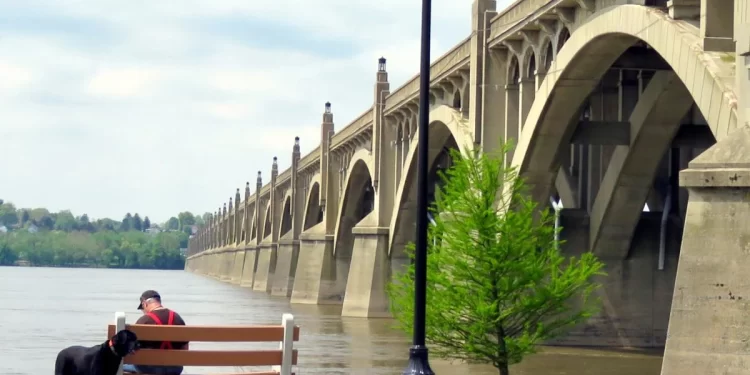By Anthony Hennen | The Center Square
(The Center Square) – The defeat of PennDOT’s plan to toll bridges across the commonwealth ended one transportation battle, but it did not solve another question: how to pay for transportation infrastructure.
The Senate Transportation Committee met on Wednesday to learn more about the issue.
The goal, as Chairman Wayne Langerholc, R-Clearfield, noted, was to find a “holistic approach” for transportation funding that also emphasized “fiscal restraint and spending.”
Langerholc praised Act 84, which effectively ended PennDOT’s bridge tolling plan. The plan, as The Center Square previously reported, would have added tolls to nine bridges for their maintenance and repair.
“With that monumental victory comes great responsibility,” Langerholc said. “I don’t think anybody disagreed that these bridges designated for repair needed repair. The question was how to properly fund them.”
“How do we effectively pay for these bridges that were designated to be tolled?” he asked. “That is my goal in this hearing here today.”
The hearing highlighted the challenges, but didn’t necessarily offer funding alternatives that weren’t emphasized before.
“From our standpoint, there are two issues here: one is funding, and one is the procurement method,” said Robert Latham, executive vice president of Associated Pennsylvania Constructors.
Latham noted the association doesn’t oppose tolling in general.
“Maybe we should keep an option for the future of maybe more of a broad-based, less-targeted tolling funding mechanism, particularly as we look at the fuel tax and the ability of the fuel tax as a sustainable funding mechanism,” he said.
The gas tax has been the commonwealth’s workhorse to pay for roads and bridges, as The Center Square previously reported. As vehicles get more fuel-efficient and electric vehicles grow in popularity, the revenue will decline.
In 2020, Pennsylvania had about 9,000 EVs, Latham noted; in 2022, about 31,000 EVs are on the road. “They pay no highway user fee to use the roads,” he said.
PennDOT has recommended a user fee to replace the gas tax revenue, as The Center Square previously reported, along with a package tax on delivered goods. Other states have also looked into the user fee idea, especially Oregon, which ran two pilot programs in 2006 and 2012.
For funding, Pennsylvania will have to get creative.
Creative methods aren’t always the cheapest either, some say. For large projects that may entail a public-private partnership, costs can be higher. “I can tell you, as a contractor member, they are higher margins because they are higher risk,” said George Mezey, vice president of the Trumbull Corporation. “The return on that investment that the developer’s looking to get is higher than the market rate. It is definitely higher than what you can borrow for – so there’s a premium.”
The convenience of a public-private partnership may justify the extra cost, Mezey noted, and possibly at a quicker pace, but it remains a factor.




